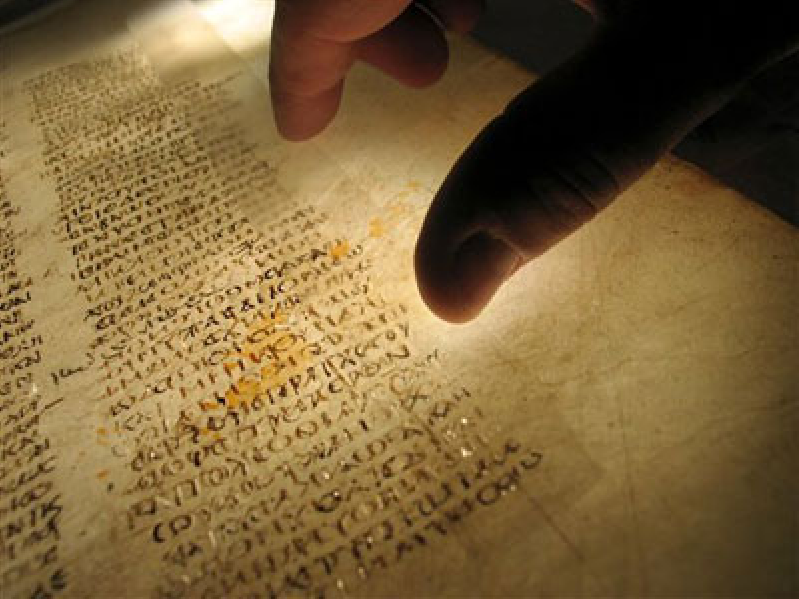
More than 800 pages and fragments of the 4th-century Codex Sinaiticus, the world's oldest Christian Bible, have been pieced together digitally from around the world by institutions in the United Kingdom, Germany, Egypt and Russia.
The original manuscript was written in Greek by several scribes on parchment leaves. Its text was revised and corrected in the centuries that followed.
The pages of the Codex Sinaiticus have been kept in separate locations for more than 150 years. Their digitization is the culmination of four years of collaboration between the institutions that hold different parts of the original manuscript – the British Library, Leipzig University Library, the Monastery of St. Catherine on Mount Sinai in Egypt, and the National Library of Russia in St. Petersburg.
Only parts of the Old Testament and the Apocrypha are missing.
“The Codex Sinaiticus is one of the world's greatest written treasures,” said Dr. Scot McKendrick, head of Western Manuscripts at the British Library. “This 1600-year-old manuscript offers a window into the development of early Christianity and first-hand evidence of how the text of the Bible was transmitted from generation to generation"
“The project has uncovered evidence that a fourth scribe – along with the three already recognized – worked on the text," he noted. “The availability of the virtual manuscript for study by scholars around the world creates opportunities for collaborative research that would not have been possible just a few years ago.”
Scholars and other visitors to the manuscript’s website (www.codexsinaiticus.org) will be able to explore high resolution digital images of all the extant pages of the Codex Sinaiticus, which have been transcribed and cross-referenced.
The original Codex Sinaiticus was more than 1,460 pages long, with each page measuring about 16 inches by 14 inches.
McKendrick commented, “The Codex Sinaiticus is also a landmark in the history of the book, as it is arguably the oldest large bound book to have survived.
“For one volume to contain all the Christian scriptures book manufacture had to make a great technological leap forward – an advance comparable to the introduction of movable type or the availability of word processing," he added.
“Critically, it marks the definite triumph of bound codices over scrolls – a key watershed in how the Christian Bible was regarded as a sacred text.”







